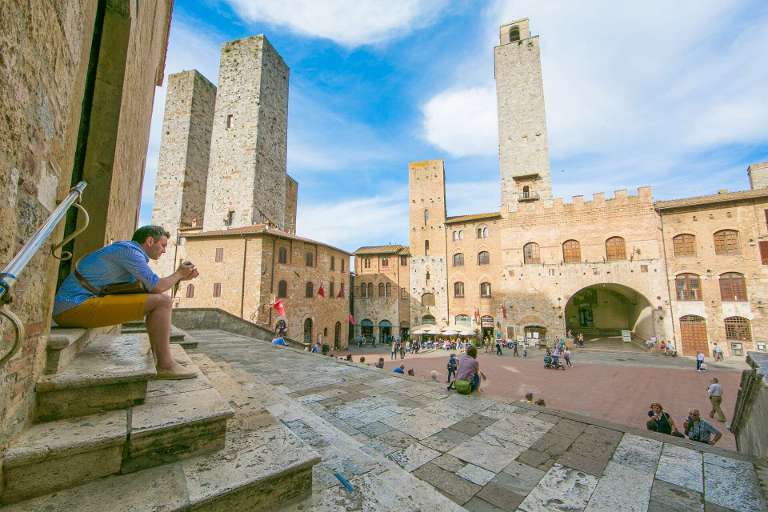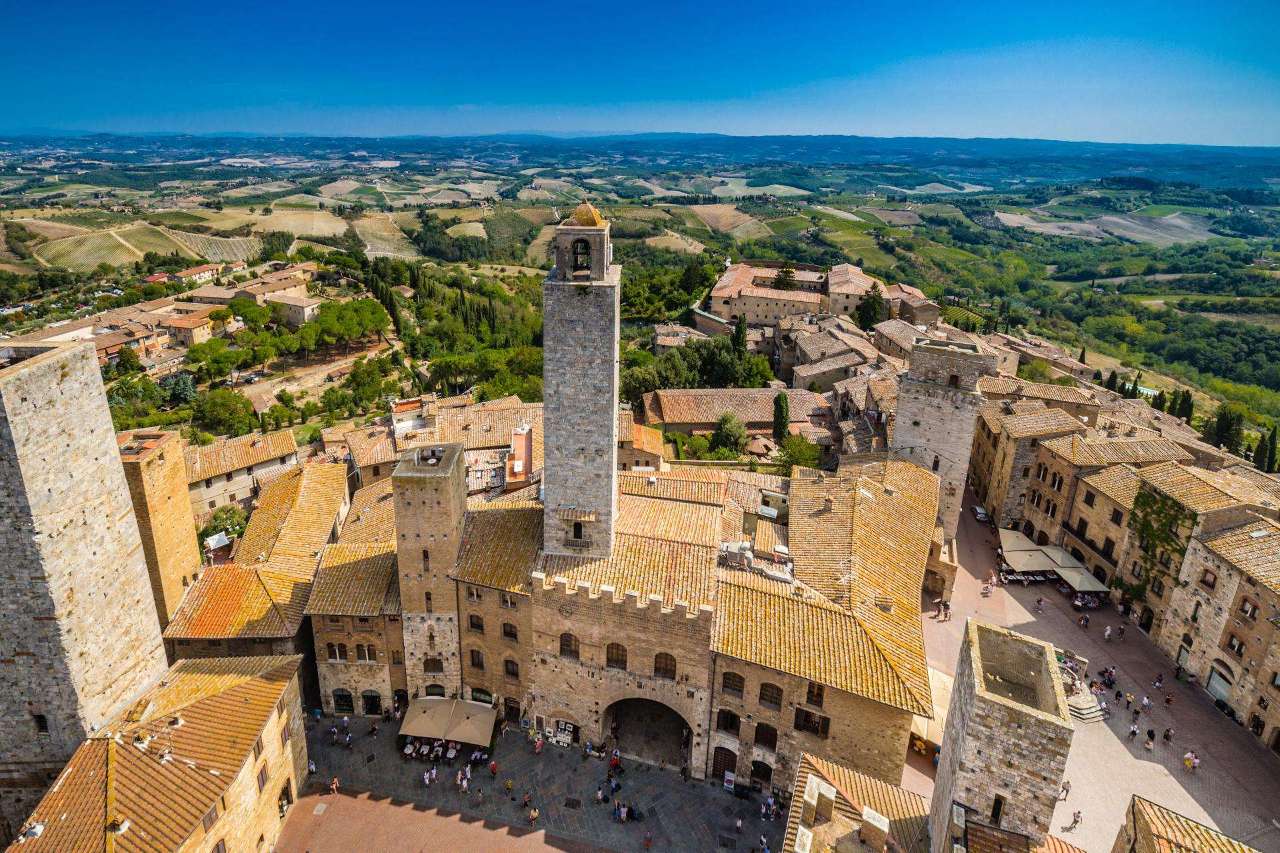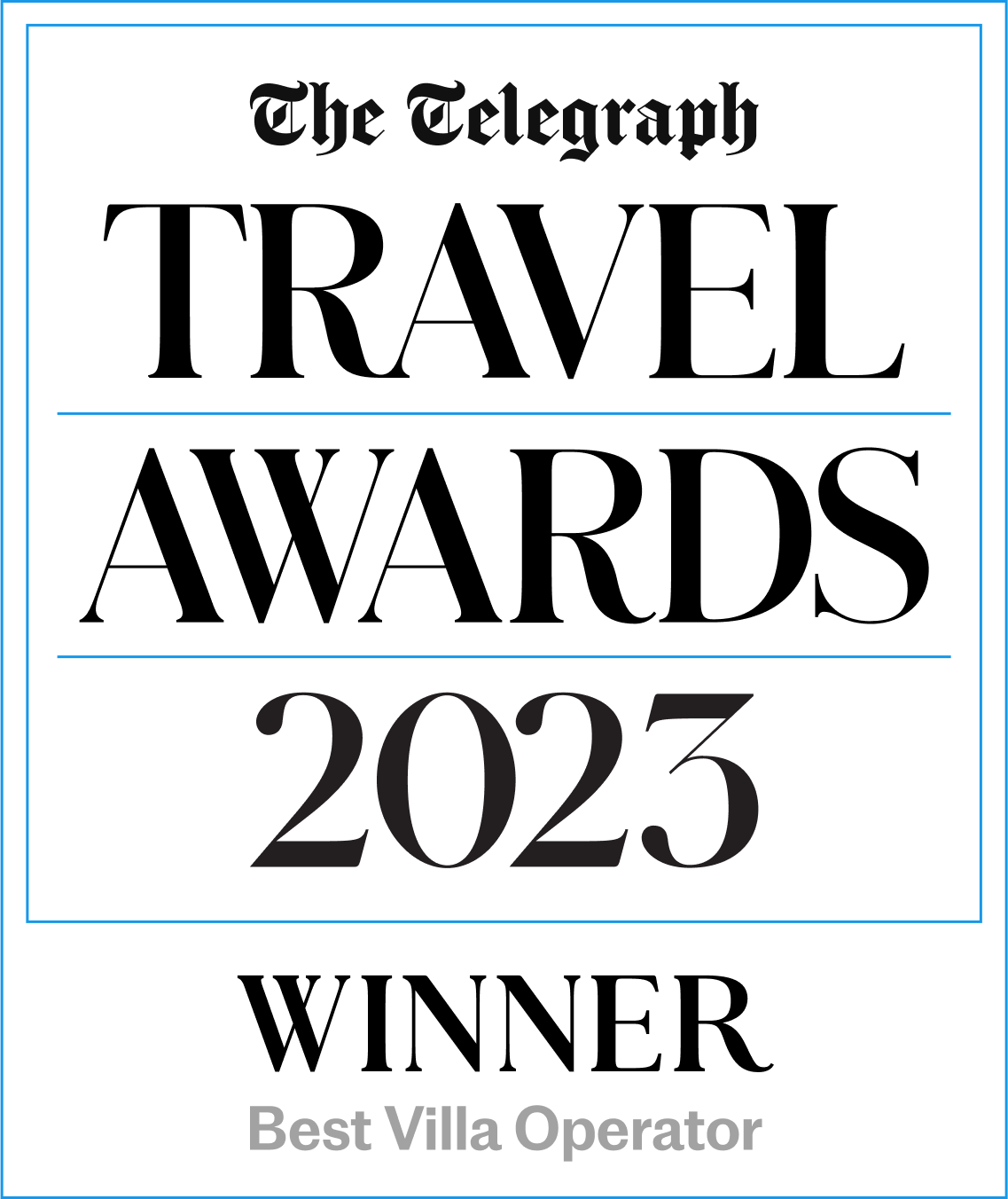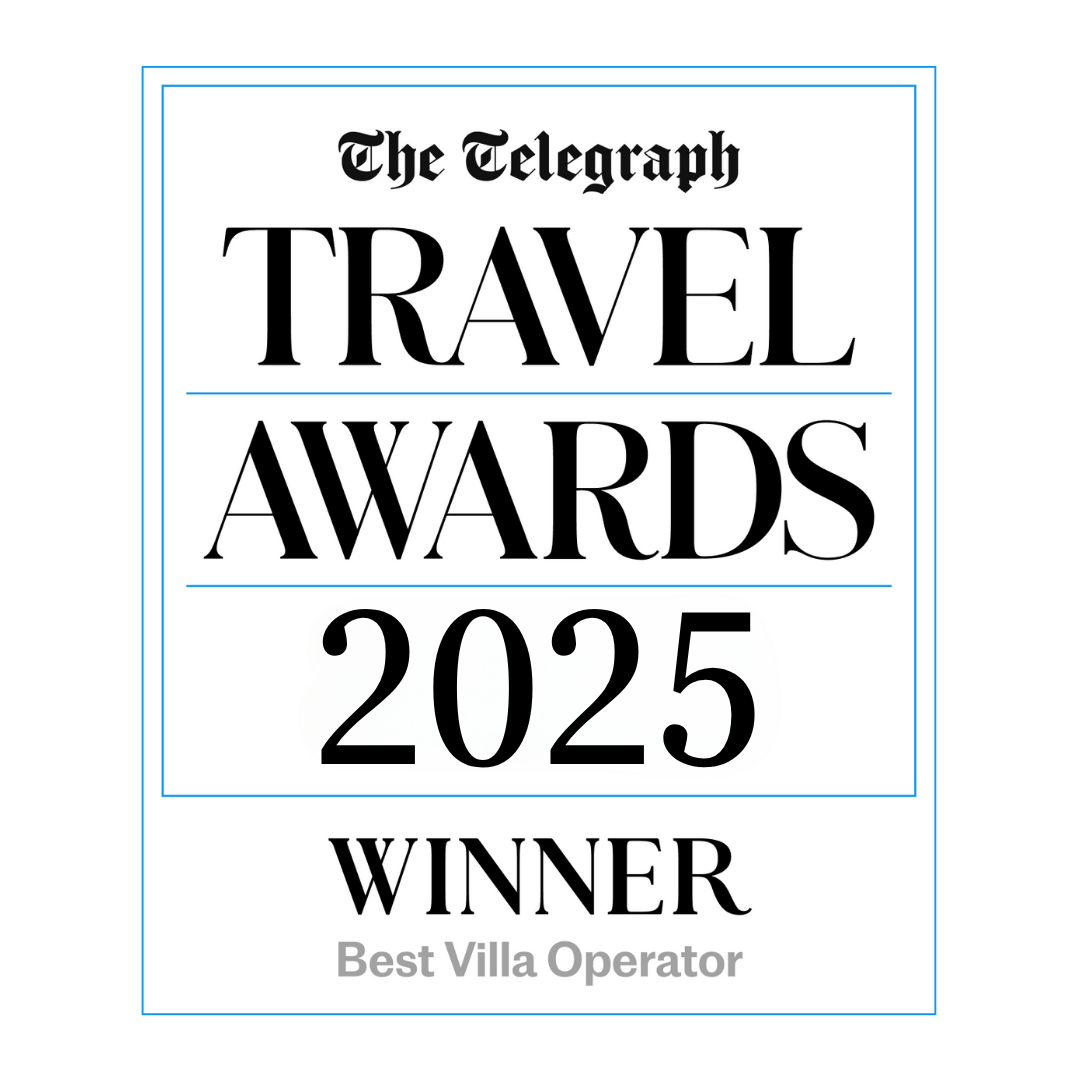Discover Tuscany
 Capturing the hearts of many throughout the ages, Tuscany remains as timeless and as captivating as ever, with an immeasurable wealth of history, art and cultural heritage to share with visitors.
Capturing the hearts of many throughout the ages, Tuscany remains as timeless and as captivating as ever, with an immeasurable wealth of history, art and cultural heritage to share with visitors.
Tuscany can be divided into several distinct regions. In the north-west the mountainous scenery of the Garfagnana meets glamorous seaside resorts stretching down to Pisa. In the centre of the region is Chianti, home to Florence and Siena and countless hilltop towns. Further south is characterised by wide open countryside and rolling hills topped with a single line of cypress trees – a view often depicted on postcards.
TRAVELLING TO TUSCANY
With a number of airports serving the region, Tuscany has great flight access from across the UK. Follow this link to find out more information on airports and airlines that serve Tuscany.
TUSCAN TOWNS AND CITIES
Did you know?...
Italy is home to the highest number of UNESCO World Heritage sites, and 60% of the world’s art treasures are in Italy. It is said to have more masterpieces per square mile than any other country in the world. The Uffizi Gallery in Florence is one of the oldest museums in the world.
Tuscany is home to an abundance of captivating towns and cities to discover on a trip to this beautiful area. See below for a few of our must-see recommendations:
Pisa
Pisa is a very pleasant city set on the banks of the River Arno, a bustling university town where everyday life carries on despite the tourists that descend on it! The main hub is the Campo dei Miracoli, where you will find the cross-shaped Cathedral, the Leaning Tower and the Baptistry, as well as the Cemetery. All are incredible works of architecture and no matter how many pictures you have seen, nothing really prepares you for seeing them in real life.
Lucca
One of the most beautiful towns in Tuscany, if not in the whole of Italy, Lucca is a Renaissance jewel. At the same time, it has an authentic lived-in feel with a lively atmosphere. Check out Casa Milly located on the outskirts of the town. Perfectly preserved, the walls encircling the city are no longer needed for defence, so have been turned into a tree-lined pedestrian promenade – 4km in length. The Piazza Anfiteatro at the heart of the city was built on the site of a Roman amphitheatre. It is a unique oval shape, and colourful houses form a circle around it. It is still accessed by the four low archways through which the gladiators were ushered. In July, the Anfiteatro hosts an international music festival.
One of the most famous sights in the city is the Torre Guinigi. After climbing the 200 plus steps to the top, you will be glad of the shade of the oak tree growing there! Elegant villas with beautiful formal gardens dot the countryside surrounding Lucca, summer retreats for rich Lucchesi families between the 16th and 19th centuries. Many have fallen into disrepair but there are still some impressive examples open to the public, such as Villa Reale in Marlia, Villa Mansi in Segromigno in Monte, and Villa Torrigiani in Camigliano. View our villas in Lucca.
Best for Spas
Tuscany has a thriving spa tourism scene and you’ll never be too far away from a day’s pampering. One of the most centrally located is Grotta Giusti just outside of Montecatini Terme. A sister spa is close to Pisa, and Fonteverde at San Casciano ai Bagni not only has a nationally renowned spa and hotel but also resplendent views over the Val d’Orcia close to the borders with Lazio and Umbria. For the ultimate in outdoor natural spas, Saturnia in the south of Tuscany has open air sulphur baths, used since Etruscan times.
Bagni di Lucca
Sitting on the River Lima, it was once a famous spa resort, attracting the likes of Byron and Shelley, Rossini and Puccini, who all came to take the waters. Many of the spas have closed but you can still enjoy a variety of treatments as well as the thermal pools of the ‘Terme’ in Piazza San Martino. In the town, look out for the blue plaques indicating the elegant villas that Byron et al stayed in. Our popular property La Radura sits overlooking the countryside close to this famous town. View more of our villas in Bagni di Lucca.
Florence
One of the most beautiful cities in Italy, if not the world, Florence (Firenze in Italian) is not to be missed. Surrounded by hills, the city sits either side of the River Arno in a natural bowl, and harbours an overwhelming abundance of Renaissance ‘palazzi’, museums and churches that are world famous for their beauty, art and history. For this reason, be prepared for crowds year-round, especially at the main ‘sights’. However, there is a great atmosphere and it is a beautiful city to simply wander round at your own pace.
Colle di Val d’Elsa
The old walled centre of Colle di Val d’Elsa is definitely worth exploration. The Museo San Pietro has a section dedicated to religious paintings as well as collections of works by 19th and 20th century artists, whilst the archaeological museum has an exclusive collection of finds from the local area. Colle is also a key producer of glass and lead-crystal. View our villas in Colle di Val d’Elsa.
Cortona
Set high on a spur, Cortona’s walls hide a jumble of houses and steep narrow streets that seem untouched by time. The main square is a lovely place to stop for refreshments after the steep walk up from the car parks, and is particularly buzzing in the evening. The main street, Via Nazionale, is surprisingly flat and is lined with art galleries, boutiques, cafés and gelaterie (ice cream shops). For far-reaching views, head up the hill to the Fortezza Medicea, which was built for the Medicis. View our villas in Cortona.
Find out more about villages and towns in Tuscany.
GET ACTIVE!
If you like to be active and enjoy the great outdoors on holiday, you will not be disappointed by the huge variety of sporting and energetic leisure opportunities on offer throughout central Italy.
Best for Views
Hundreds of towns and villages are peppered over the green valleys and hills of Tuscany. Pienza in Tuscany invites the best view of the velvet-like Orcia Valley.
The sandy beaches of the Tuscan coast to the west of Lucca and Pisa offer opportunities for swimming and water sports. For those looking for a slightly different experience, why not check out the healing powers of the thermal waters at hot springs such as Bagno Vignoni and Bagni San Filippo in Tuscany’s Val d’Orcia.
Italy is eminently suited to walking and cycling, with trails and routes of varying distances criss-crossing the entire country. Keen walkers love Italy for the variety of its terrain and the local enthusiasm for hiking: walking is an enormously popular activity for Italians – who have ensured that their wide network of country paths and long-distance hiking trails is both fairly well conserved and reasonably well marked.
Italy has enjoyed a long love affair with the sport of cycling or ‘ciclismo’, and with its rolling hills, marked cycle paths and the glorious food on offer for that post-cycle refuelling stop, it is clear to see why Italy is such a classic cycling destination. Bikes can be hired from all major towns and cities throughout these regions.
See our guide to adventure out on three beguiling walks in Tuscany.
EATING OUT
Food and wine are two of life’s great pleasures for Italians and you will not be surprised to find an excellent choice of eateries.
Vintage Travel Top Tip
It is still customary, though not mandatory, to tip after a sit-down meal. Even when you see service added to your bill at between 10-15%, the waiter rarely sees this, so it is customary to leave a couple of euros per head on the table. Unlike in other countries, adding a tip onto a card payment is not generally accepted.
In Italy, there are different types of establishments serving food. A ‘ristorante’ is the most formal type of restaurant when not in a hurry, though sometimes a little fancy and pricey. Less formal, and more popular, options would be a ‘trattoria’ or an ‘osteria’, which tend to serve local specialities, often rotated on a weekly basis. Simple bars are handy for pretty much anything from a sandwich to a simple pasta dish or risotto, which are strictly served from 12.30 until supplies run out! A ‘pizzeria’ may sound self-explanatory but often serves more than pizza! Bear in mind that places which look unassuming from the outside and have a simple menu are often friendly family-run establishments delivering unfussy but excellent freshly prepared fare.
‘Colazione’ (breakfast) is usually light: a cappuccino and a brioche (sweet pastry), or simply an espresso. ‘Pranzo’ (lunch) was traditionally the big meal of the day, but nowadays there is a tendency towards having a light lunch, with dinner (‘la cena’) becoming the principal meal. The different courses for a main meal are the ‘antipasto’ (starter), a ‘primo piatto’ (pasta, rice or soup), a ‘secondo piatto’ (meat or fish) with ‘contorno’ (side dish), then frutta (fresh fruit) or a ‘dolce’ (dessert). Finish with espresso and maybe a grappa (45% alcohol liqueur made from the grape residue) or amaro (a digestive liqueur).
However, most Italians these days settle for two or a maximum of three courses, a trend reflected in the shortened hours of serving in recent years; whilst lunch is usually served between 12.30 and 15.00 it is not unusual in rural areas and small towns to see kitchens packed up by 14.00. Restaurants are normally open from 19.30 onwards for dinner, with Italians generally dining from 20.00 onwards.
Did you know?...
The average Italian consumes 26 gallons of wine and 30kg of pasta a year!
TUSCAN CUISINE
Italian cuisine is world renowned and as diverse and exciting as the country itself.
Italian meals are generally organised into several separate courses starting with the antipasto, followed by a pasta dish, a meat or fish course depending on the region, and rounded off with dessert and local cheeses. All accompanied by a glass or two of the local wine of course.
Pasta is a staple part of the Italian diet and appears on every menu, usually served with a simple sauce. Bread is served at every meal and in Tuscany is salt-free, as traditionally this method preserved it for longer. In Tuscany’s Garfagnana region, many soups and pasta are made with the local grain ‘farro’, or spelt, which has been used here since Etruscan and Roman times. ‘Ribollita’ is a Tuscan soup based on ‘cavolo nero’ (black cabbage) and beans, designed to soak up the bread which replaces the pasta.
Did you know?...
Two food-related superstitions in Italy: Bread, no matter how stale, should be kissed before being thrown away. If someone spills wine, in order to avert disaster they should dab some of the spilled wine behind each ear.
Popular Tuscan antipasti are ‘bruschette’ and ‘crostini’, slices of toasted bread with a variety of toppings (tomatoes, mushrooms, liver pate). Meat is so important to the Tuscans that they often refer to each other as ‘ciccio’ (piece of meat). The most famous dish is the ‘Bistecca Fiorentina’, a huge T-bone steak of gigantic proportions, served with a splash of olive oil, thinly sliced on a bed of peppery rocket.
Tuscans are also famous for their love of beans – in fact another nickname for them is ‘mangiafagioli’, bean eaters! Cannellini beans originated here and are often simmered in olive oil and herbs until creamy. An ancient Tuscan recipe is ‘Fagioli al fiasco’ which is beans slow-cooked with olive oil, garlic, sage and water, inside a Chianti flask over embers.
And, of course, no Italian meal would be complete without cheese, dessert, or both! The most famous Tuscan cheese is pecorino. Try it fresh (like ricotta) or the strong, piquant, aged version. Delicious served with honey and crusty bread!
FOR THE WINE LOVERS!
Best for Wine
Wine has such cultural resonance in Italy that good wine is found throughout, with immaculately maintained vineyards blanketing most hillsides. Tuscany has long been a leading wine producer. Montalcino produces the famous ‘Brunello’ whilst nearby at Montepulciano ‘Vino Nobile’ stands proudly alongside. ‘Chianti Classico’ is a world-famous red.
The wines of Italy are as diverse as its cuisine and we think that partaking of the local wine definitely contributes to one’s experience of the region! Of course, wine has been made here for centuries. The Etruscans and Romans endured a very vinegary blend on long marches and bucolic days in the hills. But centuries of winemaking, especially the most recent decades, have immeasurably improved the quality of the wines on offer!
Tuscany is still dominated by Chianti and similar variants such as Brunello and Vino Nobile di Montepulciano. The Chianti Wine Festival, held in Montespertoli during the last week of May, is a celebration of the local wine, including open days, tastings and music. Later in the year, Greve in Chianti hosts the Chianti Classico wine festival on the second weekend of September, again a chance to taste the various chiantis. Vernaccia di San Gimignano is another name that might be familiar from the supermarket; it is an all-purpose white wine, pale yellow and dry with a slightly bitter aftertaste. Vin Santo is also produced, a sweet dessert wine which goes well with ‘cantucci’ biscuits.
Find out how to experience the wine tasting delights of Chianti here.


















